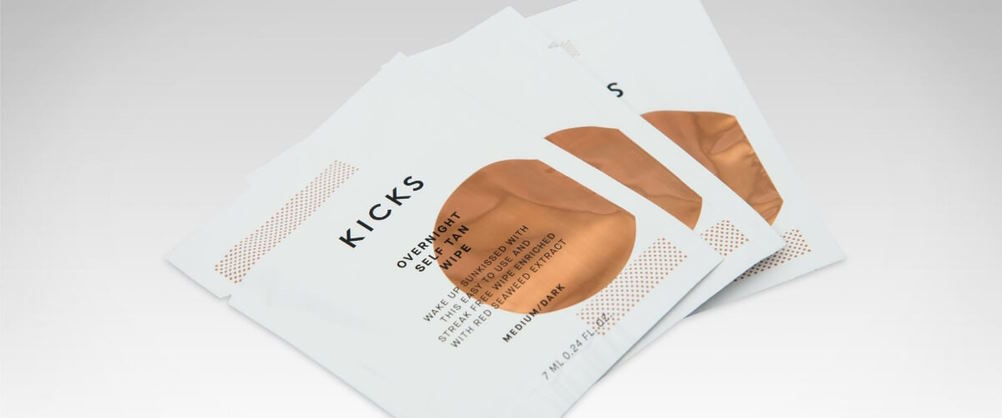
Self-tanners temporarily darken the skin to give it a natural, sun-kissed glow. It can even out skin tone or give the body an all-over glow. When using self-tanners, following all directions carefully and avoiding streaks and patchiness is important. There are two main types of self-tanners: chemical and physical.
Chemical self-tanners use active ingredients such as dihydroxyacetone (DHA), which reacts with dead skin cells on the skin’s surface and causes them to darken. However, the DHA does not penetrate below the skin’s surface, so it does not provide UV protection. On the other hand, physical self-tanners rely on pigment found in certain plant extracts or minerals to provide a sunless tan.
Although both types of self-tanners offer a nearly instantaneous color change, physical tanners will not last as long as chemical tanners. In addition, because they apply a visible layer to the skin, physical tanners can easily be removed with soap and water, whereas chemical tanners usually need an exfoliating treatment for full removal.
Additionally, some physical self-tanners may contain ingredients that can irritate sensitive skin. Therefore, it is always important to patch test the product before use and consult a doctor if irritation persists.
Additionally, chemical and physical self-tanners should be reapplied periodically to maintain color. Finally, it is recommended to exfoliate regularly and keep the skin hydrated with moisturizer for the best results.

What are forms of self-tanners?
Self-tanners come in various forms and can be applied directly to the skin.
Gels and mousses
Self-tanning gels and mousses are great for those who want a natural-looking, even tan. Gels are typically thicker than mousses and offer a stronger hold on the skin than most other self-tanning formulas. They often have more concentrated levels of DHA (dihydroxyacetone). Gels dry quickly and leave a matte finish, making them popular for drier skin types.
Mousses are lightweight and are easier to spread over the body than gels. In addition, mousses often contain moisturizing ingredients such as aloe vera or hyaluronic acid, which can help keep skin hydrated after application.
Self-tanning spray and mists
They are convenient because they can be applied quickly, evenly, and without mess or hassle. Additionally, many of these products now include added benefits such as hydrating agents and bronzing pigments which help enhance the appearance of your tan.
Self-tanning wipes
Here we speak about convenient and easy-to-use products that help achieve a natural bronzed look without using harsh chemicals or sun tanning lotions. They come in individual packets, making them perfect for on-the-go applications. Self-tanning wipes contain ingredients such as DHA (Dihydroxyacetone). These wipes also provide hydrating benefits due to their moisturizing agents, leaving your skin soft and supple.

